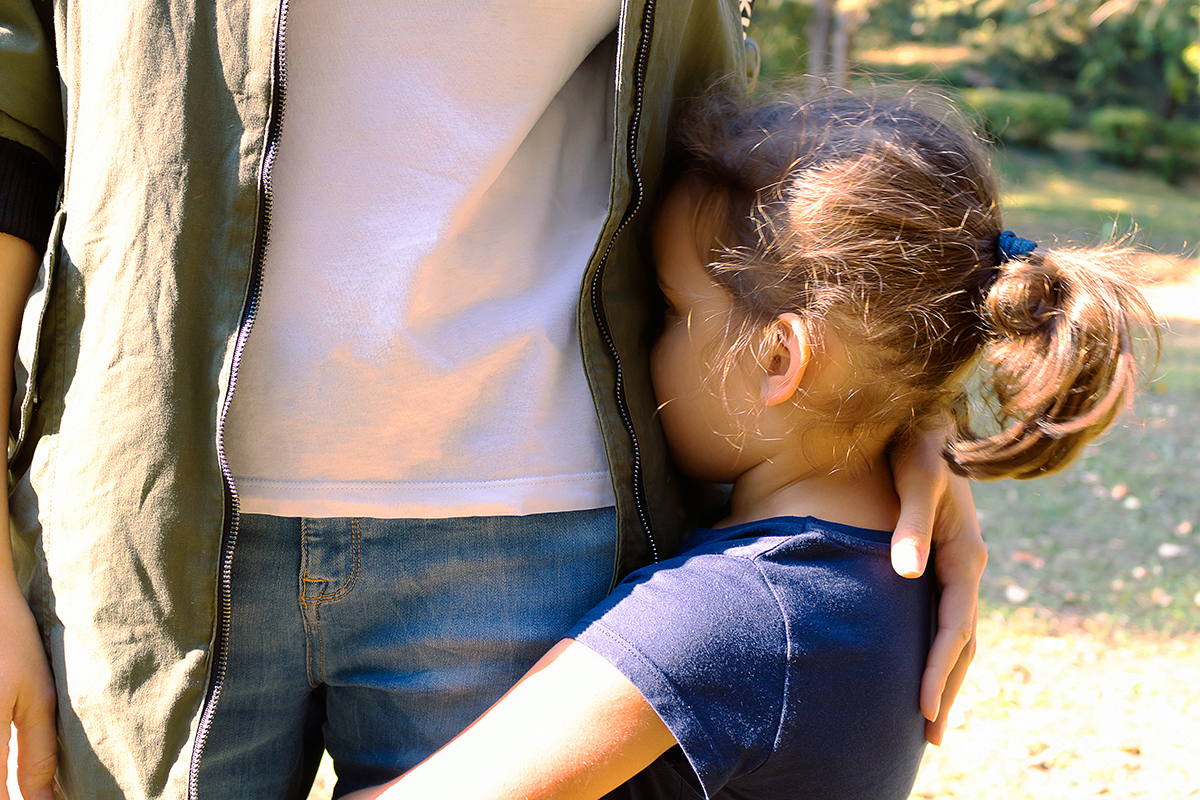Selective mutism is a childhood anxiety disorder causing fear of speaking and social interactions in certain situations.
Although the child can communicate effectively with familiar people such as family, once faced with new social situations, they become non-communicative. Many parents confirm their child was anxious or inhibited even as an infant or toddler. Unfortunately, in most cases, it is assumed the child is shy.
As a result, the condition typically remains undiagnosed until the child enters school, where teachers note the child’s inability to interact or speak up in class. Selective mutism can be diagnosed as early as 3 years of age and as late as 8. In up to 80% of cases, the child suffers from social anxiety or phobia.
Today, we look at the symptoms, diagnosis, and treatments for selective mutism.
What are the Common Characteristics of Selective Mutism?
It can be difficult for parents to realize their child has selective mutism, as so many children are naturally shy in larger groups or among strangers.
Also, most children with selective mutism are on target developmentally, making their condition less obvious. However, there are some common characteristics children with selective mutism share, including:
- A history of separation anxiety
- Being “slow to warm up” to new people
- Not speaking to people other than parents or siblings
- Fear of speaking and social interaction
- Extreme timidity and shyness
In social situations, they will display some or all the following symptoms:
- Never responding to others or speaking in a whisper
- Never initiating communication
- Becoming paralyzed with fear or very stiff with limited body movement
- Becoming unemotional or expressionless
- Being selective about whom they choose to interact with at school
- Physical symptoms such as tummy aches, headaches, shortness of breath, or nervous diarrhea
- Not playing at all or choosing to play alone when with other children, such as at school, daycare, large family gatherings, or the park
- Behavioral issues
- Situational communication changes almost always verbally but also in body language and gesturing
- Avoiding eye contact
- Shadowing you
Other symptoms range from being a picky eater to sensitivity to noise or even lights in crowds. They might become agitated by being touched by strangers and, in some cases, have self-regulation difficulties causing them to become defiant, act out or become more stubborn.
How is Selective Mutism Diagnosed?
The process used for diagnosis is based on the following criteria:
- Consistent failure to speak in specific social situations for at least one month
- Interference with educational, occupational, or social communication achievement
- Ability to speak and communicate with specific people, such as those at home
- Elimination of other disorders
- Displaying the symptoms listed above
However, because children with selective mutism have many characteristics related to other conditions, it can be challenging to diagnose. Therefore, neuropsychological testing is strongly advised.
How is Selective Mutism Treated?
The best approach for selective mutism is focusing not on verbalization but on reducing anxiety and increasing confidence.
With this approach, verbal communication will improve. The most important aspect of treatment is to take an individualized approach that usually includes a combination of treatments. Treatments often change as the child’s communication levels progress and might consist of the following:
- Behavioral Therapy
- Play Therapy
- Psychotherapy
- Cognitive Behavioral Therapy
- Neurofeedback
The more that parents and teachers understand, the better. Parents should advocate for their child, discussing their condition and treatment with school personnel. This helps staff understand that the child cannot speak and that putting pressure on them to do so will interfere with their progress and possibly worsen their symptoms.
With a proper diagnosis, your child will receive treatment to help them overcome selective mutism.
The Chicago Mind Solutions Difference
Chicago Mind Solutions works with individuals, offering neuropsychological testing and non-invasive treatment for many mental health conditions. For more information about our treatments and teletherapy options, please contact us at (224) 723-5050 or email info@chicagomindsolutions.com.






